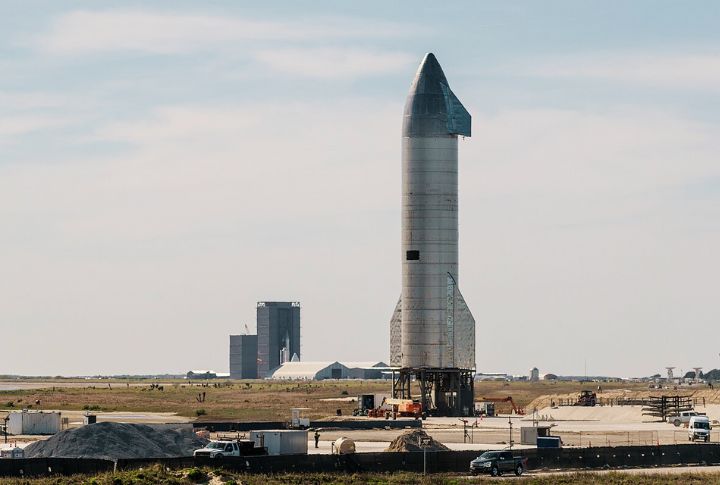
A routine test at SpaceX’s Starbase took a dramatic turn when Starship Ship 36 exploded, sending shockwaves through South Texas. What followed wasn’t just a fiery setback, but an international incident now under federal investigation, raising serious questions. Learn how the test spiraled into crisis, and why critics say this was a warning.
What Happened?
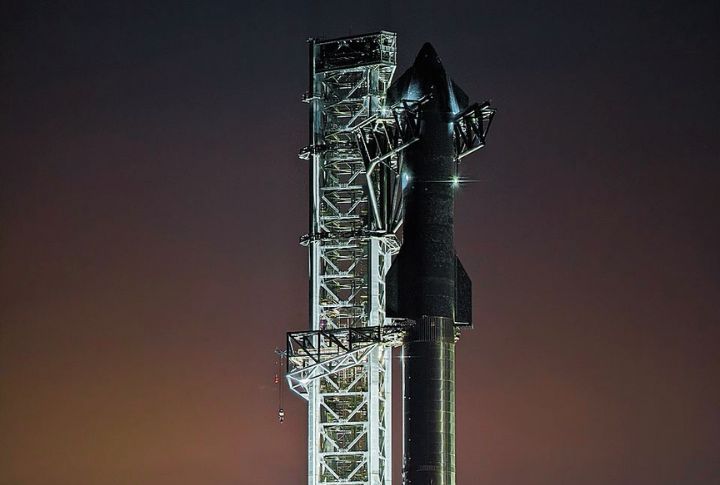
On June 18, 2025, at 11:01 p.m. CT, Starship Ship 36 exploded during fueling at SpaceX’s Starbase in Texas. Two blasts, one near the nose and another on the side, were captured on video. The rocket was preparing for its 10th test flight but failed to launch, marking the fourth Starship failure in 2025.
Suspected Cause
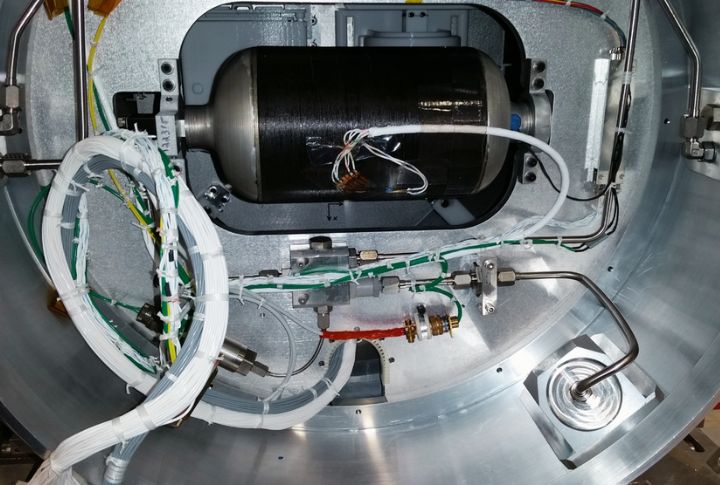
SpaceX confirmed a significant anomaly during a routine engine test when a nitrogen COPV in the payload bay supposedly ruptured below proof pressure, marking the first failure of this design. Since the incident occurred on the ground, it ruled out sabotage or launch issues and led to a full engineering review.
Emergency Response And Local Impact

Residents in Cameron County felt shockwaves from the blast. Windows rattled and dishes shook, but authorities confirmed there were no injuries or property damage. Emergency crews, including the Brownsville Fire Department, remained on standby and were not deployed. Eventually, SpaceX issued a safety alert and advised the public to stay away from the area.
Crane Collapse And Workplace Safety Probe
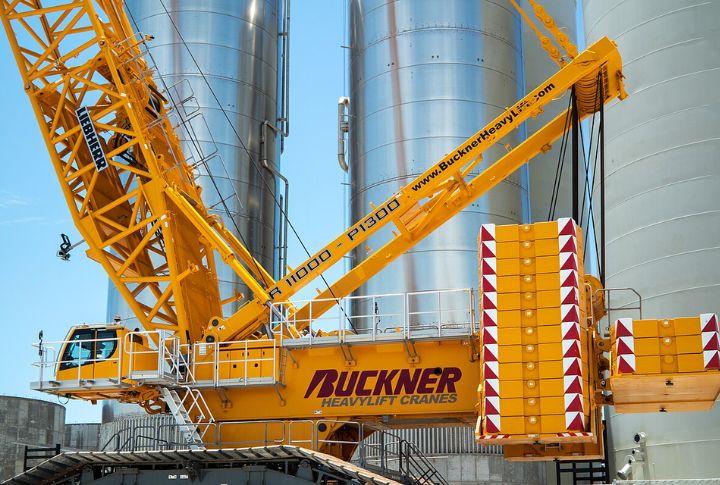
During post-blast cleanup, a crane collapsed on site, triggering a federal investigation led by OSHA. The incident was caught on a livestream and quickly spread on social media. This renewed scrutiny of SpaceX’s safety practices, especially given its prior record of above-average injury rates that followed a workplace accident in 2014.
Cross-Border Fallout And Environmental Concerns
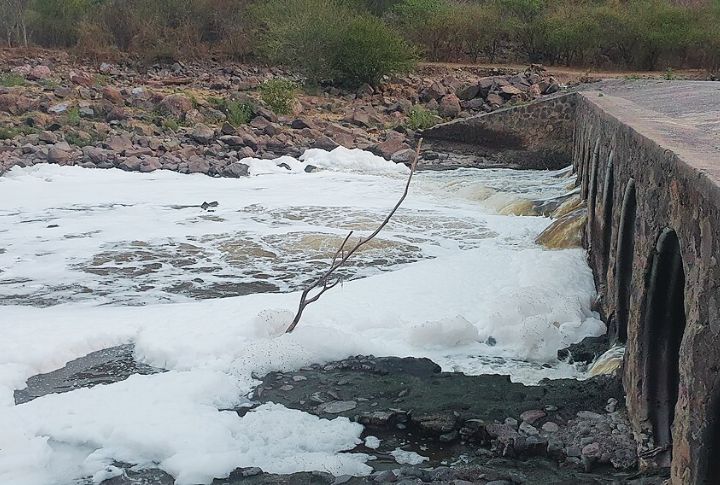
Debris from the explosion found in the Rio Grande drew international attention. Mexico launched an investigation into potential legal and ecological violations. SpaceX reported trespassers disrupting recovery efforts and formally requested assistance from Mexican authorities. Environmental groups warned of long-term harm to shared ecosystems already stressed by repeated Starship failures.
Starship’s Mission And Track Record

Starship is designed to support long-term Moon and Mars missions and is a key component of NASA’s Artemis program. Despite its ambitious goals, the vehicle has struggled through nine test flights, many ending in explosions, partial failures, or disintegration, raising doubts about its reliability for deep space missions.
Federal Contracts And Delayed Timelines

SpaceX holds over $20 billion in active contracts with NASA and the Department of Defense, including key roles in the Artemis program. The explosion of Ship 36, along with earlier failures, has raised internal concerns about missed deadlines. NASA’s pending budget approval adds further uncertainty to mission planning and execution.
Community And Media Response

Media attention surged after the explosion, spreading across both national and local outlets. LabPadre’s independent livestream went viral, drawing millions of viewers. ValleyCentral stayed on scene, updating coverage in real time. In response, residents expressed frustration over repeated incidents and pushed SpaceX for clearer communication and stronger safety protocols.
Impact On SpaceX’s Launch Schedule
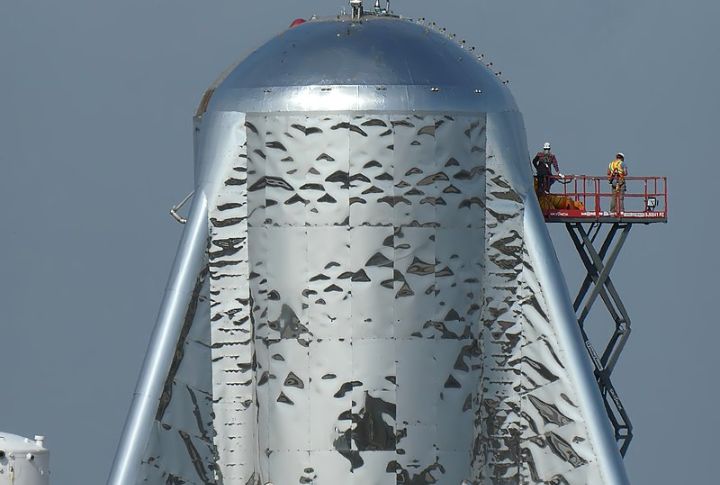
All static fire tests and upcoming Starship launches remain on hold after the incident. As a result, engineering teams are now reevaluating test flight timelines. In the meantime, Starbase activity has scaled back during this review. According to internal sources, delays could stretch several weeks, potentially pushing Artemis-related milestones into late 2026 or later.
Rising Scrutiny And Future Uncertainty
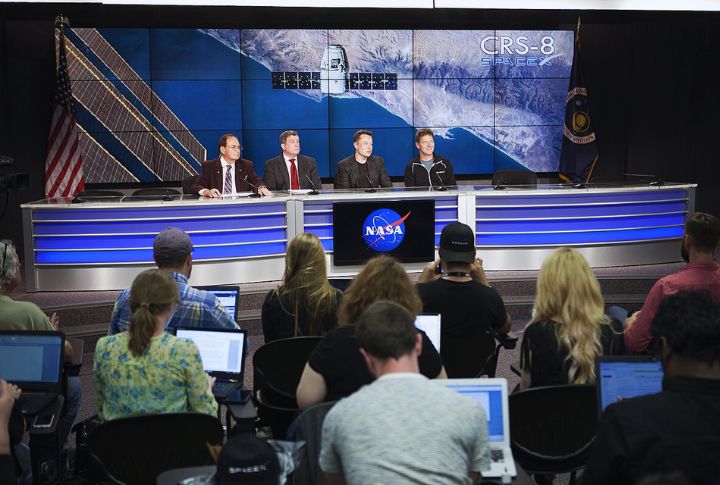
Public and political scrutiny of SpaceX continues to intensify as federal and state agencies investigate workplace safety, environmental practices, and system reliability. Each test failure further erodes confidence in Starship’s near-term readiness. As doubts grow, the company’s role in key missions and its standing with regulators face mounting uncertainty and pressure.

